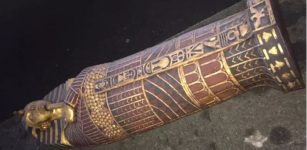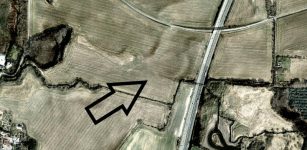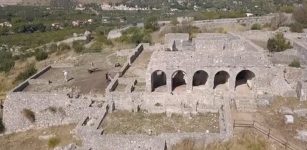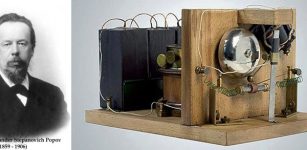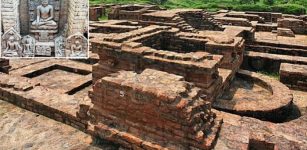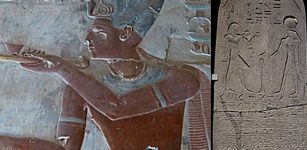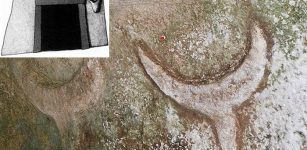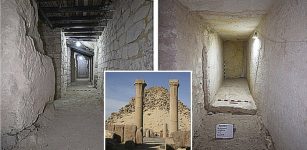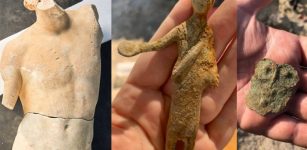Babylon Excavation Uncovers 478 Artifacts, Including Cuneiform Tablets and Seals
Conny Waters - AncientPages.com - A remarkable breakthrough in archaeology has emerged from Iraq, where an excavation, conducted in the historic province of Babylon and led by archaeologist Quhtan Abbas Hassan Aboud, has unearthed 478 archaeological artifacts.
Image credit: Iraqi State Board of Antiquities and Heritage
This discovery is of central importance for understanding ancient civilizations that once flourished in this region, and the findings provide fresh insights into the life and culture of ancient Mesopotamia.
Such revelations not only enrich our historical knowledge but also underscore the importance of continued exploration and study in this area.
Mr. Suhail Al-Tamimi, Director of the Department of Excavations, and representants of the Mission Monitoring Commission, visited the part of the excavated site marked 19/3, Province 38 to review the results of the team.
Image credit: Iraqi State Board of Antiquities and Heritage
He was informed that the archaeologists have divided theinvestigated area into two sectors, A and B. Sector A spans an impressive six dunums (approximately 6,000 square meters) and contains two distinct layers of archaeological deposition of layers.
The first layer - linked to the Sassanid period (224 to 651 AD) - was damaged over time due to erosion and human activities. The second layer, dating back to the ancient Babylonian period, is well-preserved.
Image credit: Iraqi State Board of Antiquities and Heritage
The excavation team has unearthed a large collection of 478 diverse artifacts, including cuneiform texts, pottery jars, and cylindrical seals.
The works at the site are still continuing according to the specified period, and at the end of the visit, the Missions Committee recommended the need to disclose all excavation work and document the work in terms of drawing, photography and registration of archaeological finds in accordance with the scientific contexts followed in the General Authority for Antiquities and Heritage.
These findings hold the potential to revolutionize our understanding of material culture and urban development in one of history's most influential civilizations.
They mark a significant advancement in Babylonian archaeological studies, providing new insights that could redefine our understanding and appreciation of this ancient society.
Written by Conny Waters - AncientPages.com Staff Writer





